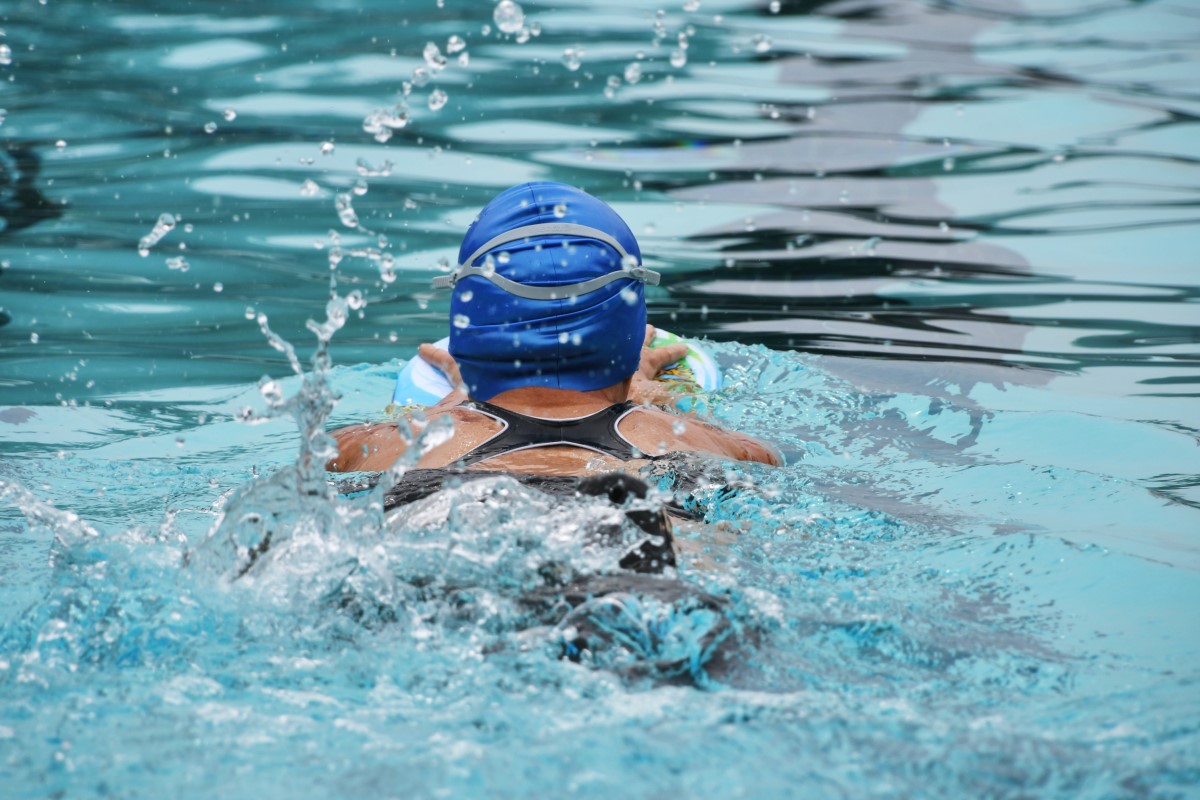Swimming with stitches requires careful consideration to avoid infection and ensure proper healing. Whether you've had a minor surgical procedure or an injury that required stitches, understanding the necessary precautions can help maintain your health and avoid complications.
Understand Your Stitches
Before diving into any water activities, know the type of stitches you have. Dissolvable stitches might have different care instructions compared to non-dissolvable ones. Always consult your healthcare provider for personalized advice.
Wait for the Green Light
Timing is Crucial
Wait for your doctor's approval before swimming with stitches. Generally, a waiting period of 48 to 72 hours is advisable for wounds sealed with glue, while stitched or stapled wounds might require a longer healing time, often up to 7-14 days. This waiting period allows the wound to start the healing process and decreases the risk of waterborne infections.
Assess the Wound
Keep an eye on the healing process. If you notice signs of infection, such as redness, swelling, increased pain, or pus discharge, postpone your swimming plans and consult your doctor.
Choose Your Swimming Location Wisely
Avoid High-Risk Waters
Opt for swimming in clean, chlorinated pools over natural bodies of water like lakes, rivers, or the ocean. Chlorinated water is less likely to contain harmful bacteria that can cause infections. However, even pools can harbor bacteria, so it's crucial to ensure they are well-maintained.
Consider Covering the Wound
If your doctor approves swimming, consider using a waterproof wound cover. These covers help protect the wound from water and bacteria. Ensure the cover is securely in place and provides a tight seal around the wound.

Aftercare Is Essential
Rinse and Dry
After swimming, gently rinse the wound with clean, fresh water to remove any chlorine, salt, or bacteria. Pat the area dry with a clean towel. Avoid rubbing the wound to prevent irritation.
Monitor and Moisturize
Continue monitoring the wound for signs of infection. Keep the area clean and apply any prescribed ointments or creams to promote healing.
Change Dressings Regularly
If your wound requires dressings, change them regularly, especially after swimming, to keep the wound clean and dry.
When in Doubt, Sit It Out
If you have any doubts about the condition of your wound or if swimming is advisable, it's safer to avoid swimming until you're certain it's safe. It's better to miss a few swimming sessions than to risk complications or delayed healing.
For more detailed advice on whether can you go swimming with stitches, consult your healthcare provider or visit reputable health information websites.
By taking the appropriate precautions and consulting with your doctor, you can enjoy swimming without compromising your wound's healing process.
